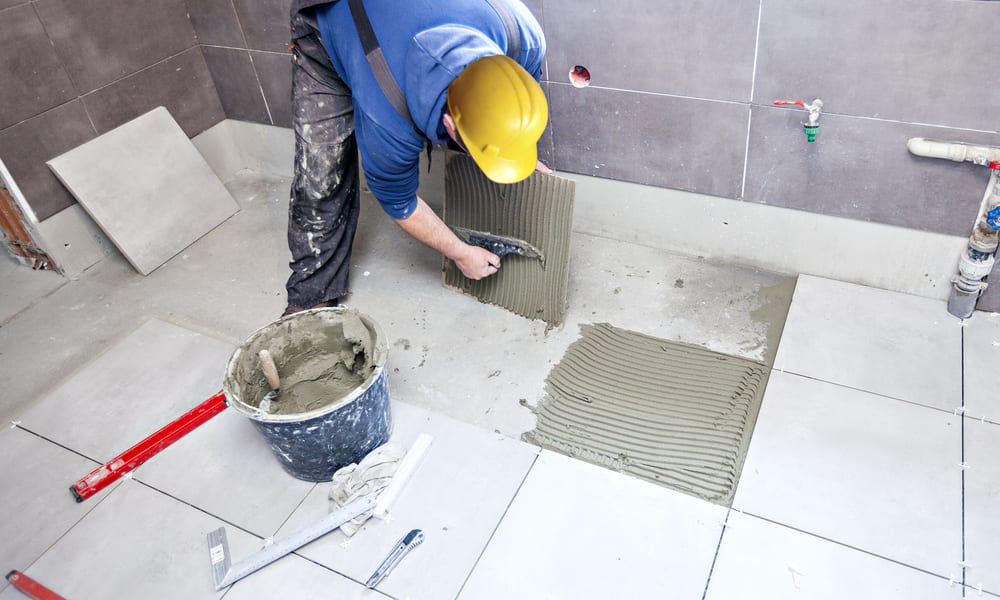How To Renovate Your Own Kitchen
Transforming your kitchen through a DIY renovation can be one of the most rewarding home improvement projects you undertake. Whether you're looking to update outdated cabinets, replace worn countertops, or completely reimagine your cooking space, tackling the work yourself offers both creative control and potential cost savings. This guide walks you through the essential steps, planning considerations, and practical techniques needed to successfully renovate your kitchen without hiring a full contractor team.

Renovating your kitchen on your own requires careful planning, realistic budgeting, and a clear understanding of which tasks you can handle versus those requiring professional help. While a complete DIY kitchen transformation may seem daunting, breaking the project into manageable phases makes it achievable for homeowners with moderate skills and patience. The key is knowing where to start, what materials to choose, and how to sequence the work for efficiency and safety.
What Kitchen Renovation Ideas Work Best for DIY Projects?
When planning your renovation, focus on projects that match your skill level and available tools. Painting cabinets instead of replacing them can dramatically update your kitchen’s appearance at a fraction of the cost. Installing new hardware, updating light fixtures, and adding a tile backsplash are all achievable DIY tasks that deliver visual impact. For flooring, vinyl plank or tile installations have become more user-friendly with modern materials and installation systems. Consider open shelving to replace some upper cabinets, which eliminates complex cabinet installation while creating a contemporary look. Refinishing existing countertops with concrete overlays or epoxy coatings offers another budget-conscious option, though replacing countertops with butcher block or laminate remains within reach for confident DIYers.
How Do You Remodel Kitchen Cabinets Without Replacing Them?
Cabinet work often represents the largest expense in kitchen renovations, making refurbishment an attractive alternative. Start by removing all cabinet doors, drawers, and hardware, labeling each piece for easy reassembly. Clean surfaces thoroughly with a degreasing solution to ensure proper paint adhesion. Sand all surfaces lightly with 120-grit sandpaper, then apply a quality primer designed for kitchen cabinets. Two coats of durable paint, such as acrylic latex or specialized cabinet paint, provide a lasting finish. For a more natural look, stripping old finish and applying fresh stain followed by polyurethane creates beautiful results. Replace outdated hardware with modern handles and pulls to complete the transformation. If cabinet boxes remain structurally sound, this approach saves thousands compared to full replacement while delivering a fresh aesthetic.
What Are the Steps for Home Kitchen Remodeling on Your Own?
Successful DIY kitchen remodeling follows a logical sequence. Begin with demolition, carefully removing old fixtures, appliances, and materials you plan to replace. Protect flooring in adjacent rooms and establish a temporary kitchen space elsewhere in your home. Next, address any necessary electrical or plumbing updates—these often require permits and may need licensed professionals depending on local codes and your expertise. Install new flooring before cabinets to simplify the process, though some prefer installing base cabinets first. Mount upper cabinets before lower ones, using a ledger board for support during installation. Install countertops after base cabinets are secured and level. Add backsplash tile after countertops cure. Finally, install new appliances, connect plumbing fixtures, add hardware, and complete finishing touches like trim and paint.
What Should You Know About Kitchen Renovation Costs and Budgeting?
Understanding the financial aspects of kitchen renovation helps you make informed decisions and avoid budget overruns. DIY renovations typically cost significantly less than contractor-led projects, but expenses still add up quickly. Setting aside funds for unexpected issues is essential, as opening walls often reveals problems requiring attention.
| Item Category | Cost Estimation Range | Notes |
|---|---|---|
| Cabinet Refacing/Painting | $1,000 - $3,500 | Materials and supplies for DIY work |
| New Laminate Countertops | $800 - $2,500 | Based on average kitchen size |
| Vinyl or Tile Flooring | $600 - $2,000 | Materials only for 150-200 sq ft |
| Backsplash Tile | $300 - $1,200 | Includes tile, adhesive, and grout |
| Lighting Fixtures | $200 - $800 | Depends on number and style |
| Paint and Supplies | $150 - $400 | Walls, trim, and preparation materials |
Prices, rates, or cost estimates mentioned in this article are based on the latest available information but may change over time. Independent research is advised before making financial decisions.
These estimates reflect material costs for DIY projects and exclude labor since you’re providing it yourself. Regional price variations, material quality choices, and kitchen size significantly impact final costs. Shopping sales, using salvage materials creatively, and phasing work over time can reduce expenses further.
What Tools and Materials Do You Need for a Kitchen Renovation?
Gathering the right tools before starting prevents frustrating delays. Essential tools include a drill with various bits, circular saw or miter saw, level, tape measure, pry bar, hammer, utility knife, and safety equipment like goggles and dust masks. For tile work, add a tile cutter or wet saw, notched trowel, and grout float. Painting requires quality brushes, rollers, painter’s tape, and drop cloths. Material quantities depend on your specific project scope, but always purchase 10-15 percent extra to account for waste, mistakes, and future repairs. Visit multiple suppliers to compare prices on cabinets, countertops, flooring, and fixtures. Many home improvement stores offer tool rental programs for specialized equipment you’ll use only once, saving significant money compared to purchasing.
How Long Does a DIY Kitchen Renovation Take?
Timeline expectations should be realistic when renovating your kitchen yourself. A complete renovation typically takes 6-12 weeks for DIYers working evenings and weekends, compared to 3-6 weeks for professional contractors working full days. Smaller projects like painting cabinets and installing new hardware might require only 1-2 weeks. Factors affecting duration include your available time, skill level, project complexity, and whether you encounter unexpected issues like water damage or outdated wiring. Living without a fully functional kitchen tests patience, so plan accordingly with alternative cooking arrangements. Breaking the project into distinct phases allows you to complete sections fully before moving forward, maintaining some kitchen functionality throughout the process and reducing overall stress.
Bringing Your Kitchen Renovation Vision to Life
Renovating your own kitchen combines practical skill development with creative expression while building equity in your home. Success depends on honest assessment of your abilities, thorough planning, and willingness to research techniques before attempting them. Start with smaller, reversible changes to build confidence before tackling major structural modifications. Document your progress with photos, both for personal satisfaction and potential future home sales. Remember that perfection isn’t the goal—creating a functional, attractive space that meets your family’s needs matters most. With patience, attention to detail, and systematic approach, your DIY kitchen renovation can deliver professional-looking results and the deep satisfaction of transforming your home with your own hands.




